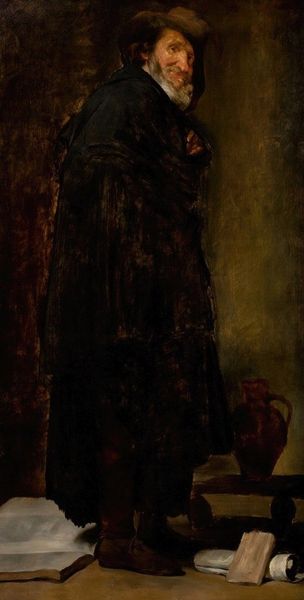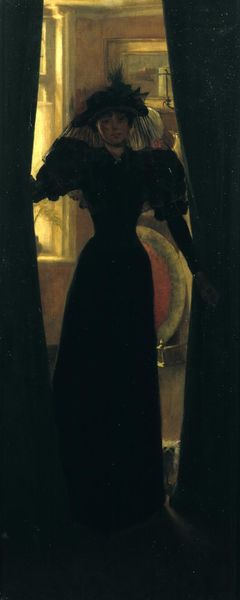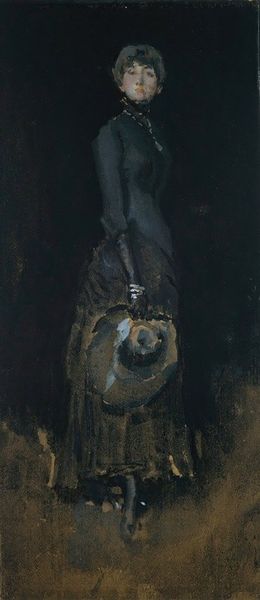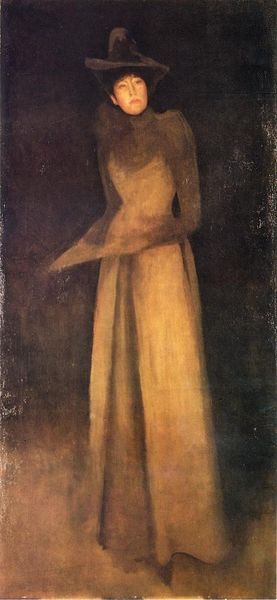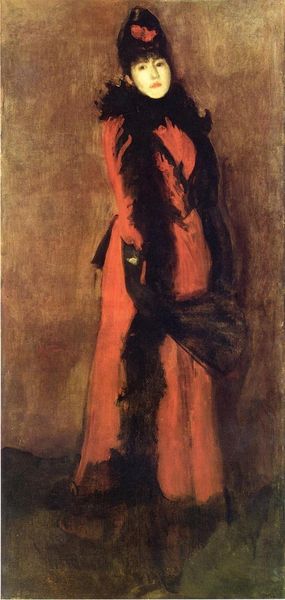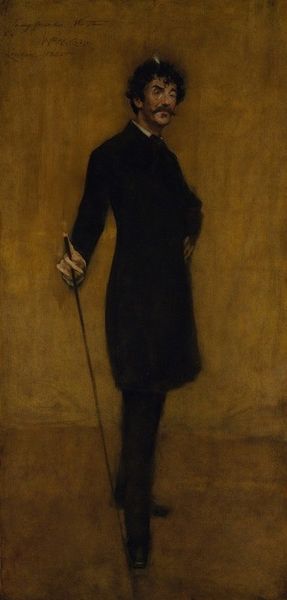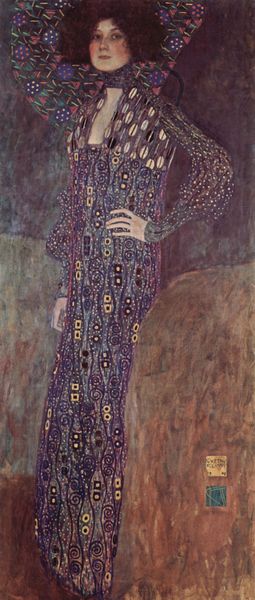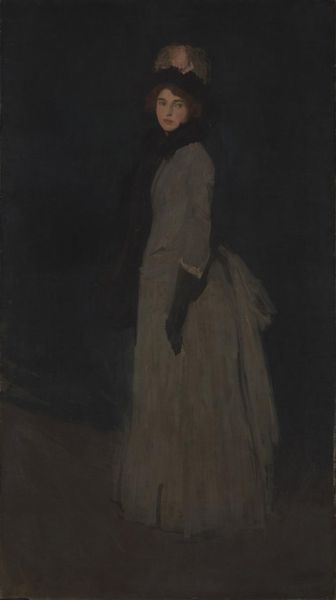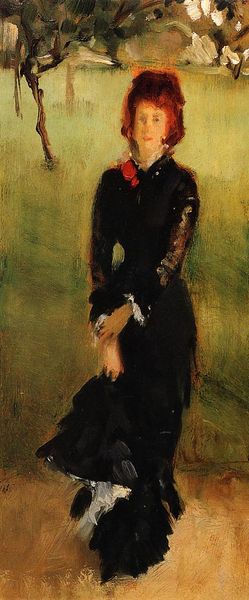
Copyright: Public Domain: Artvee
Curator: Helene Schjerfbeck's "The School Girl II," painted in 1908, strikes me immediately with its somber tone. Editor: Indeed. The palette is muted, almost melancholic, with that intense black dress dominating the composition. One immediately considers the representation of female youth in early 20th-century Finland, particularly concerning the restraints placed upon girls' education and societal expectations. How do you read that stillness? Curator: I find her stance fascinating. Her arms are crossed tightly, as if shielding herself, yet her face is turned away, giving an air of detached resignation. There's a profound sense of interiority—a rebellion, perhaps—in that averted gaze, when we consider the limited social roles and the prescribed curricula girls were often subjected to. How does the institution of schooling play into the narrative? Editor: Precisely! Schjerfbeck's biography also plays a part: living between cultures as a Swedish speaking Finn opened different worlds, her influences ranged from the realism and naturalism in France, plus Symbolism. But look at the setting, a simple background. This is Schjerfbeck using a universal and austere presentation, as to focus on an intimate relationship to girlhood at this time. Curator: And there’s a stark contrast between the bright floor and that faded background. It seems the focus falls firmly on her isolation, not simply physical but existential. This work speaks volumes about the confined experience of young women at this period. Do you think this reflects the lack of choice available in this historical, social and personal time? Editor: I agree entirely. When situating the piece, Schjerfbeck shows the reality, whilst imbuing the moment with symbolism, in turn it allows viewers to question traditional gendered power dynamics within and outside the educational system. Curator: Thinking about it that way highlights just how powerful a silent witness art can be, offering critiques that echo far beyond its own time. Editor: Absolutely, a reminder of our roles in challenging historical inequities and constructing contemporary progress.
Comments
No comments
Be the first to comment and join the conversation on the ultimate creative platform.


